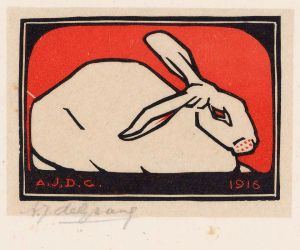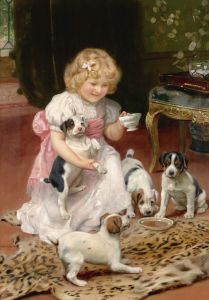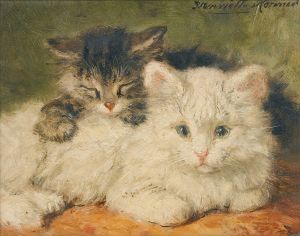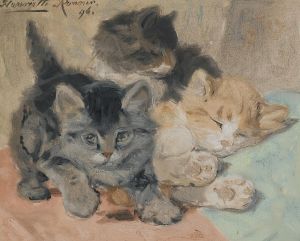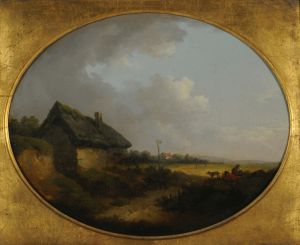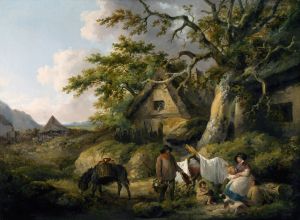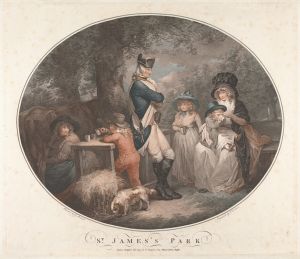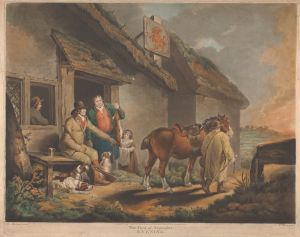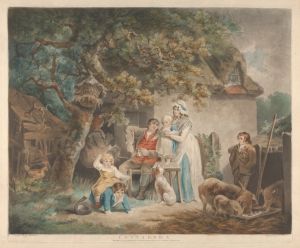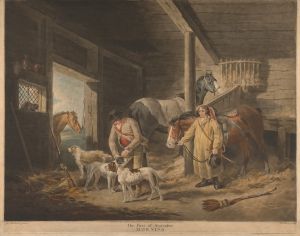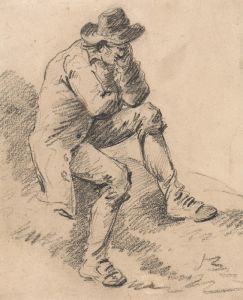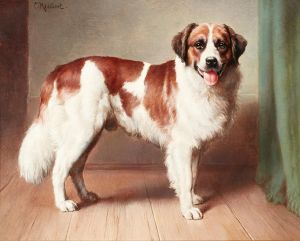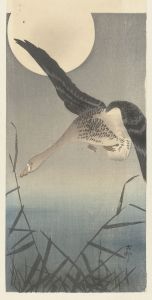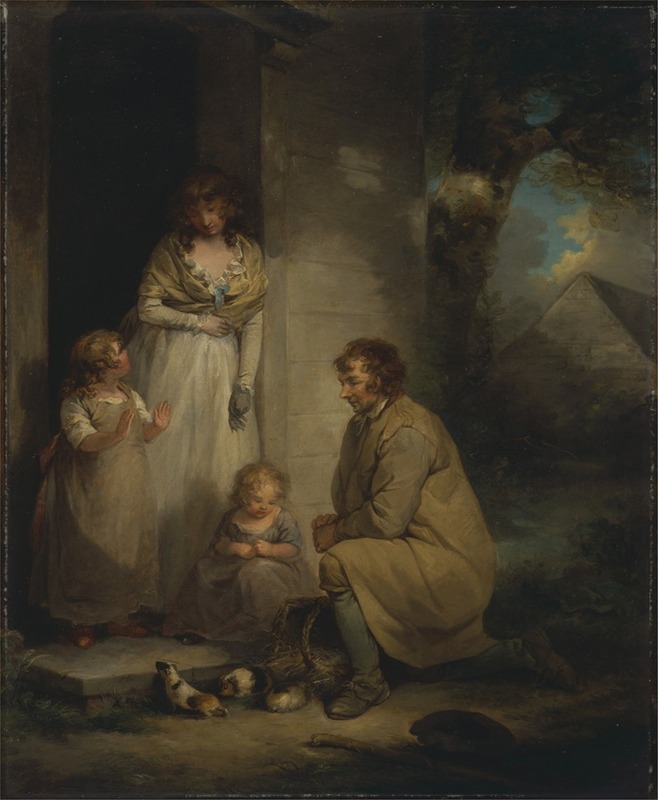
Selling Guinea Pigs
A hand-painted replica of George Morland’s masterpiece Selling Guinea Pigs, meticulously crafted by professional artists to capture the true essence of the original. Each piece is created with museum-quality canvas and rare mineral pigments, carefully painted by experienced artists with delicate brushstrokes and rich, layered colors to perfectly recreate the texture of the original artwork. Unlike machine-printed reproductions, this hand-painted version brings the painting to life, infused with the artist’s emotions and skill in every stroke. Whether for personal collection or home decoration, it instantly elevates the artistic atmosphere of any space.
George Morland was an English painter renowned for his rustic and genre scenes, often depicting rural life and animals. One of his notable works is "Selling Guinea Pigs," which exemplifies his skill in capturing the everyday activities and interactions of people and animals in the late 18th century.
"Selling Guinea Pigs" is a painting that reflects Morland's interest in the simple, yet engaging scenes of rural and domestic life. The painting typically features a group of figures engaged in the transaction of guinea pigs, a popular pet and curiosity during the period. Morland's attention to detail and his ability to convey the textures of the animals' fur and the expressions of the people involved are characteristic of his style.
George Morland was born in London in 1763 into a family of artists. His father, Henry Robert Morland, was also a painter and engraver, which provided George with early exposure to the art world. Morland showed prodigious talent from a young age, and by the time he was a teenager, he was already producing works that garnered attention. His career, however, was marked by both success and personal struggles, including financial difficulties and issues with alcohol.
The painting "Selling Guinea Pigs" is a testament to Morland's ability to capture the nuances of human and animal interaction. His works often depicted scenes of rural life, and he had a particular affinity for animals, which he portrayed with great affection and realism. This painting is no exception, as it highlights the everyday nature of such transactions and the gentle curiosity of the guinea pigs themselves.
Morland's paintings were highly sought after during his lifetime, and he enjoyed considerable popularity. His works were reproduced widely through engravings, which helped to disseminate his images to a broader audience. Despite his commercial success, Morland's personal life was tumultuous, and he struggled with debt and health issues throughout his life. He passed away in 1804 at the age of 41.
"Selling Guinea Pigs" remains an example of Morland's contribution to genre painting and his ability to depict the charm and simplicity of rural life. His work provides a window into the social and cultural practices of his time, capturing moments that might otherwise have been overlooked. Morland's legacy is that of a talented artist who, despite personal challenges, left behind a body of work that continues to be appreciated for its warmth, detail, and insight into 18th-century life.
While specific details about the provenance and current location of "Selling Guinea Pigs" might not be widely documented, Morland's work continues to be studied and admired for its artistic merit and historical significance. His paintings, including this one, offer valuable insights into the everyday lives of people and animals during his era, making them enduring subjects of interest for art historians and enthusiasts alike.





